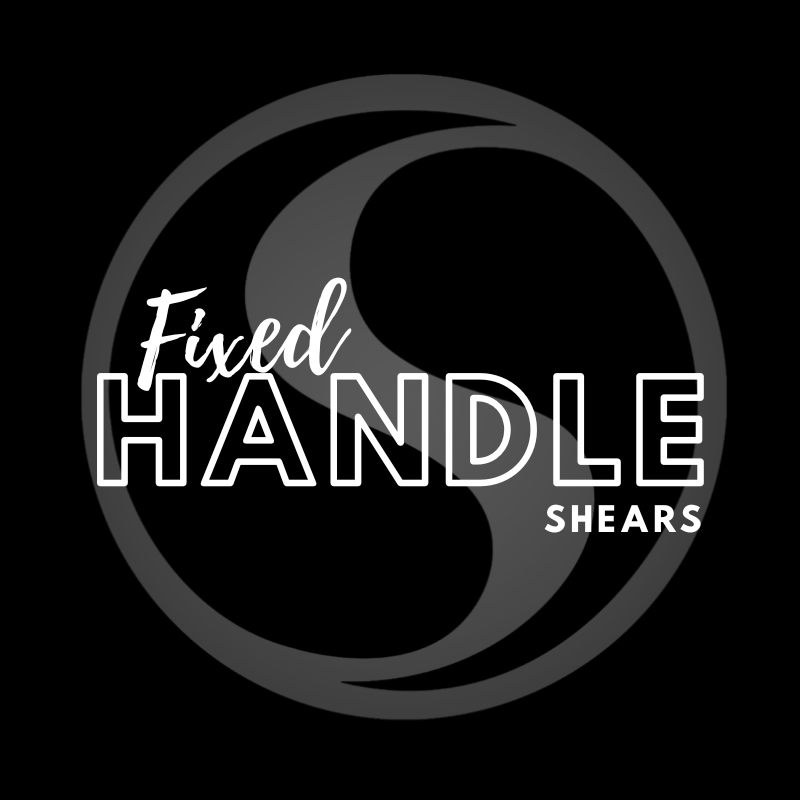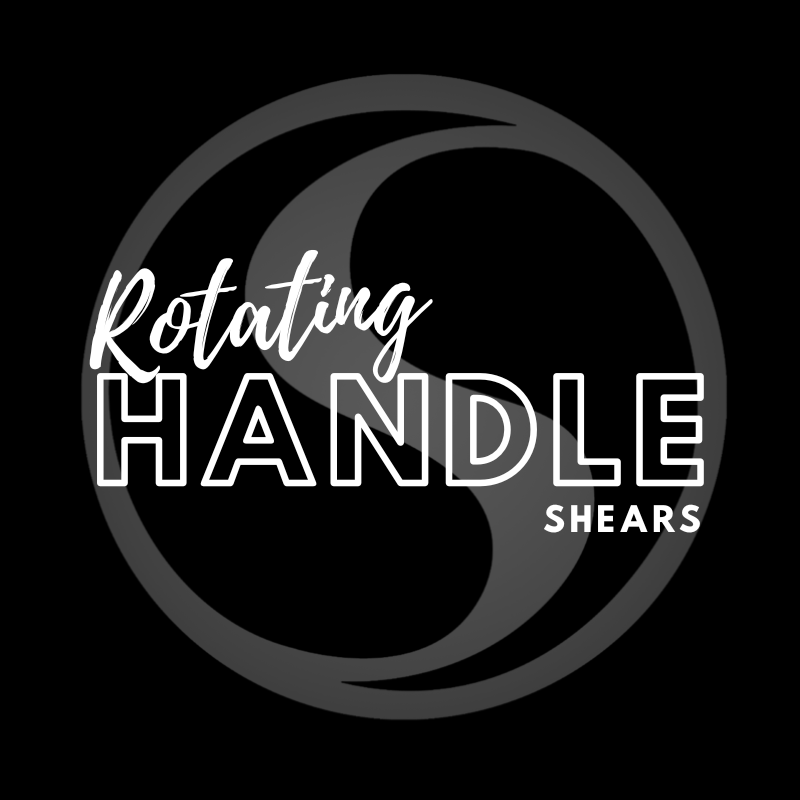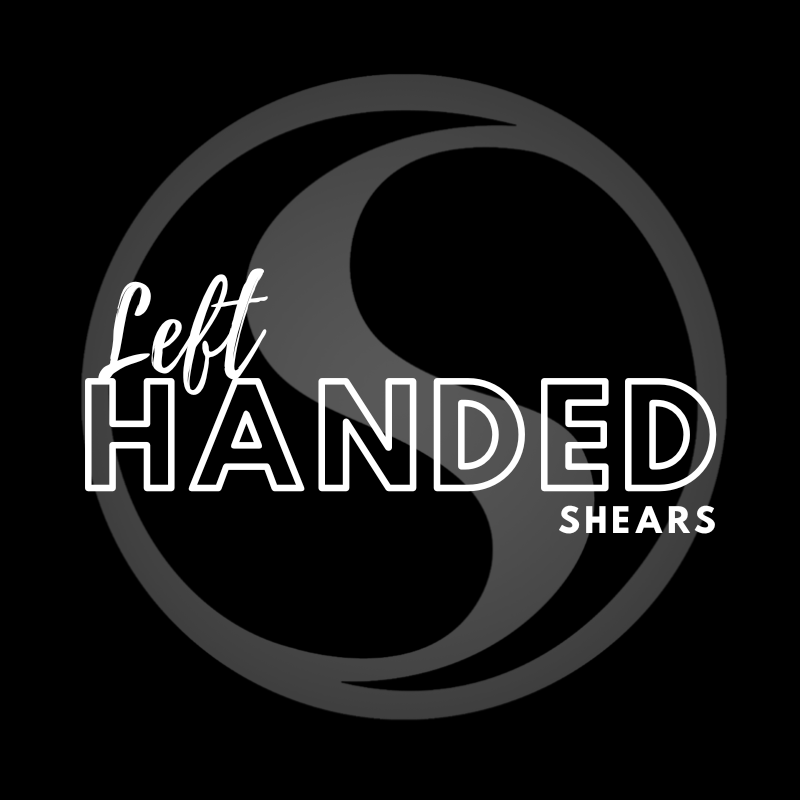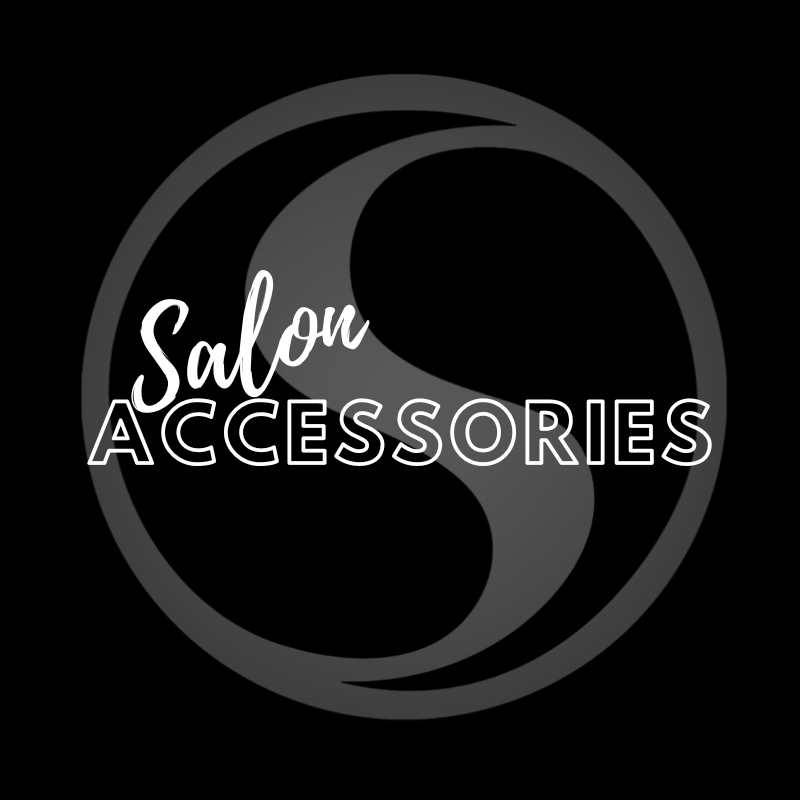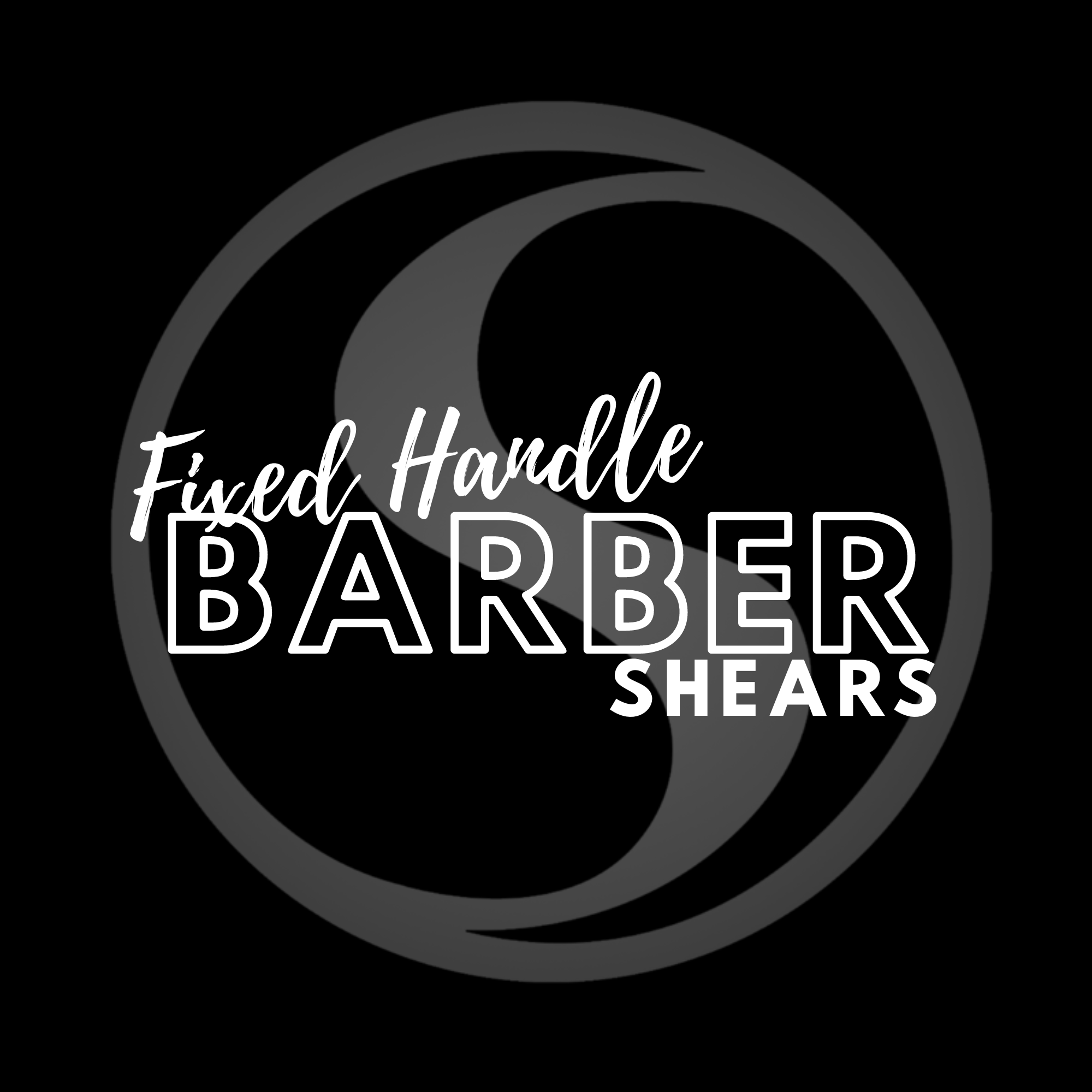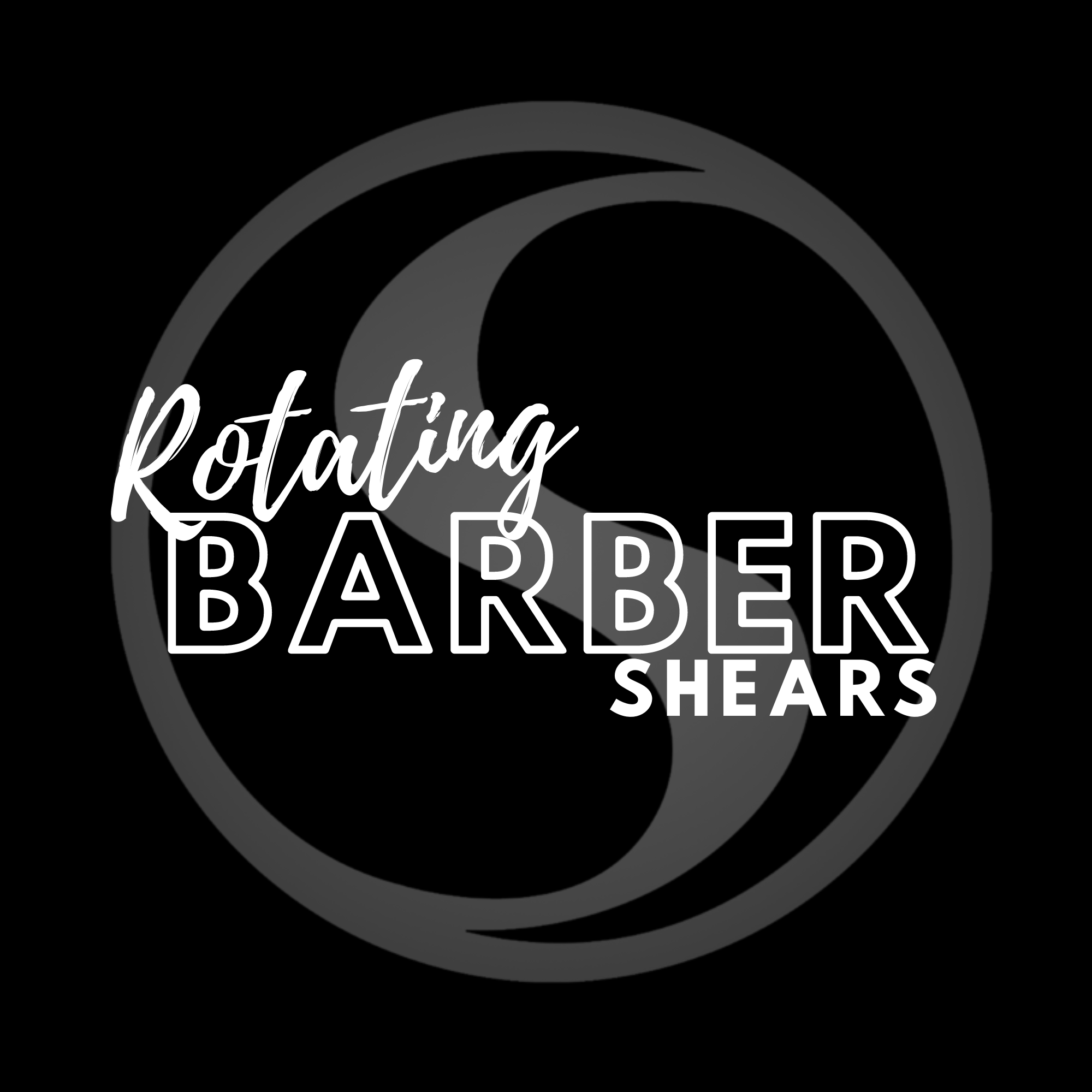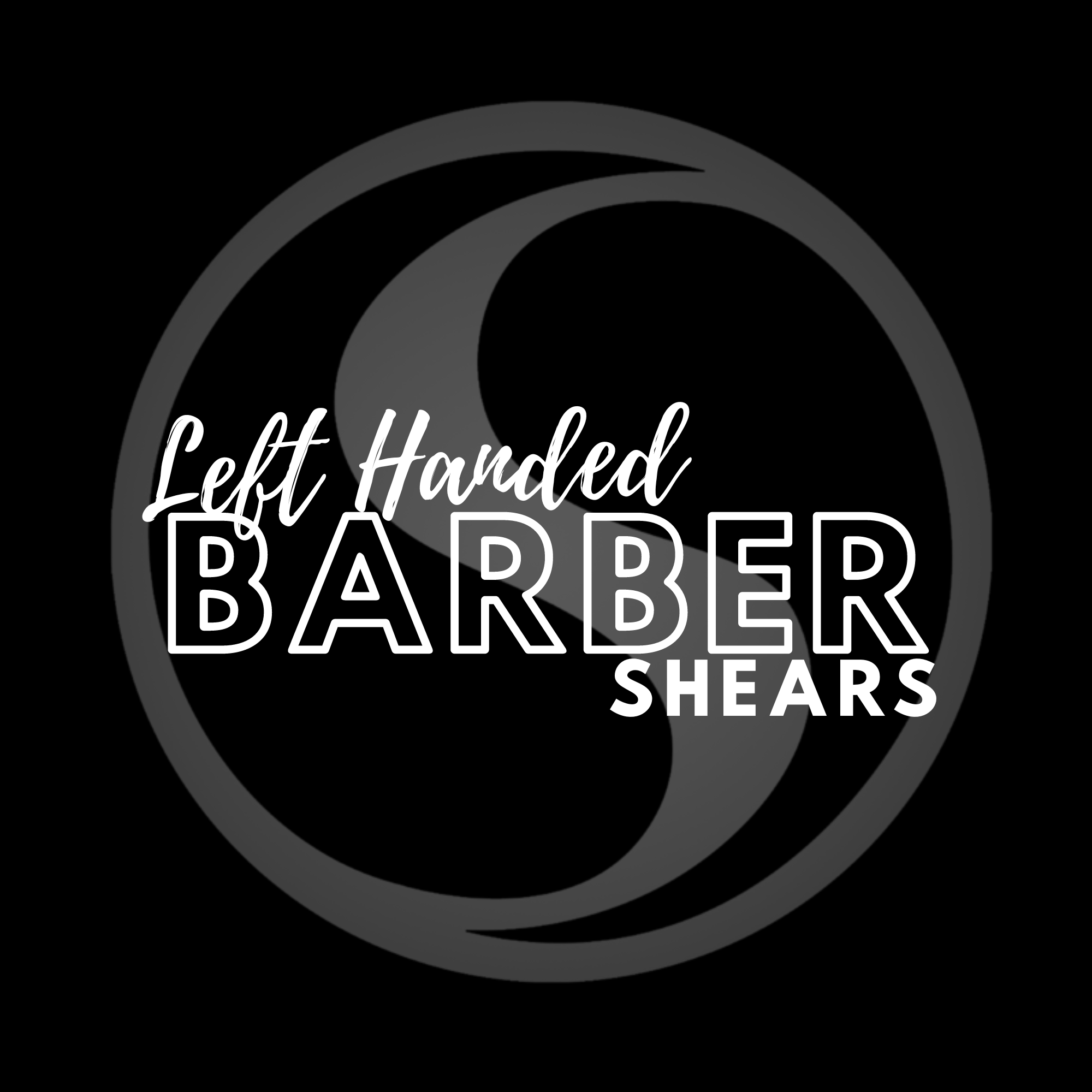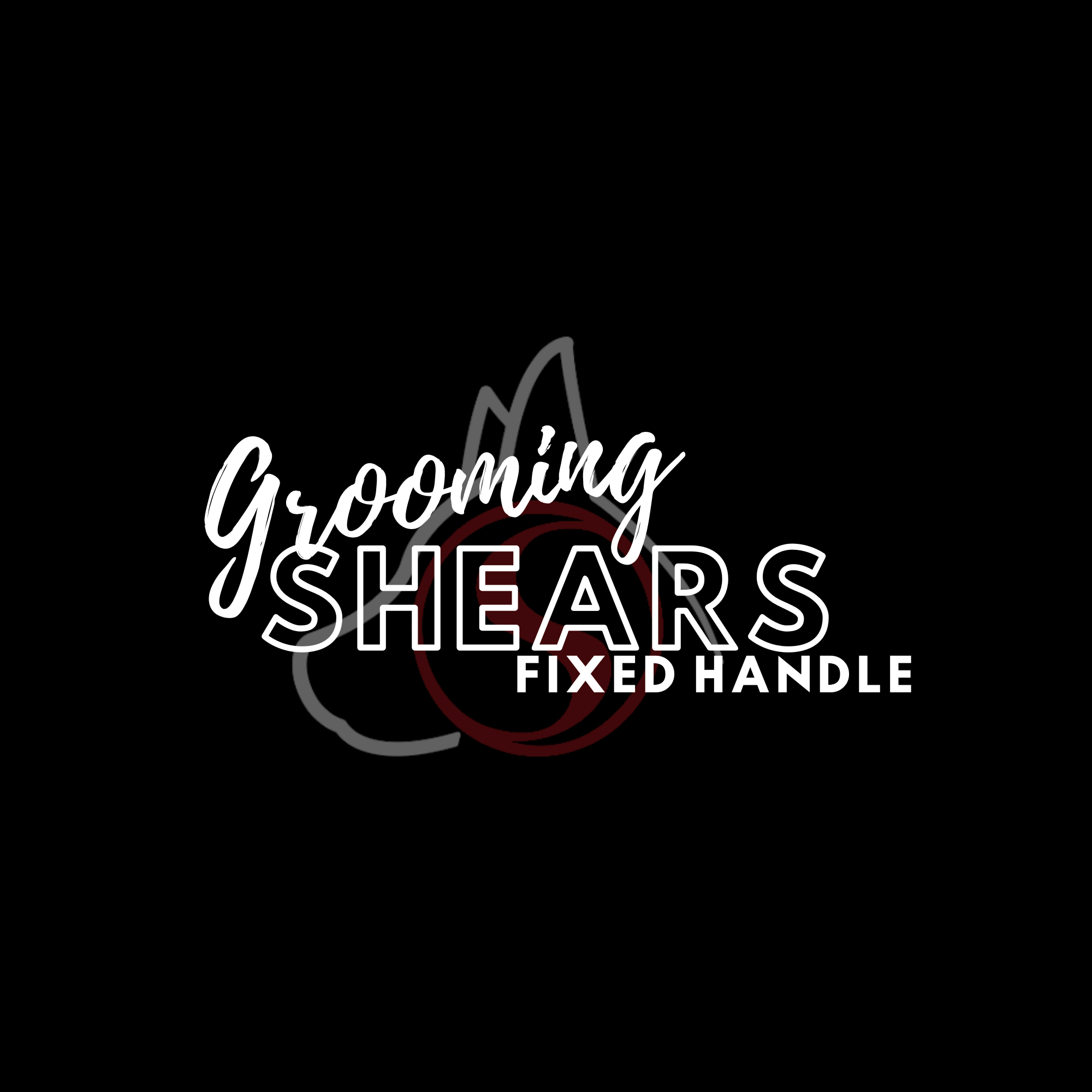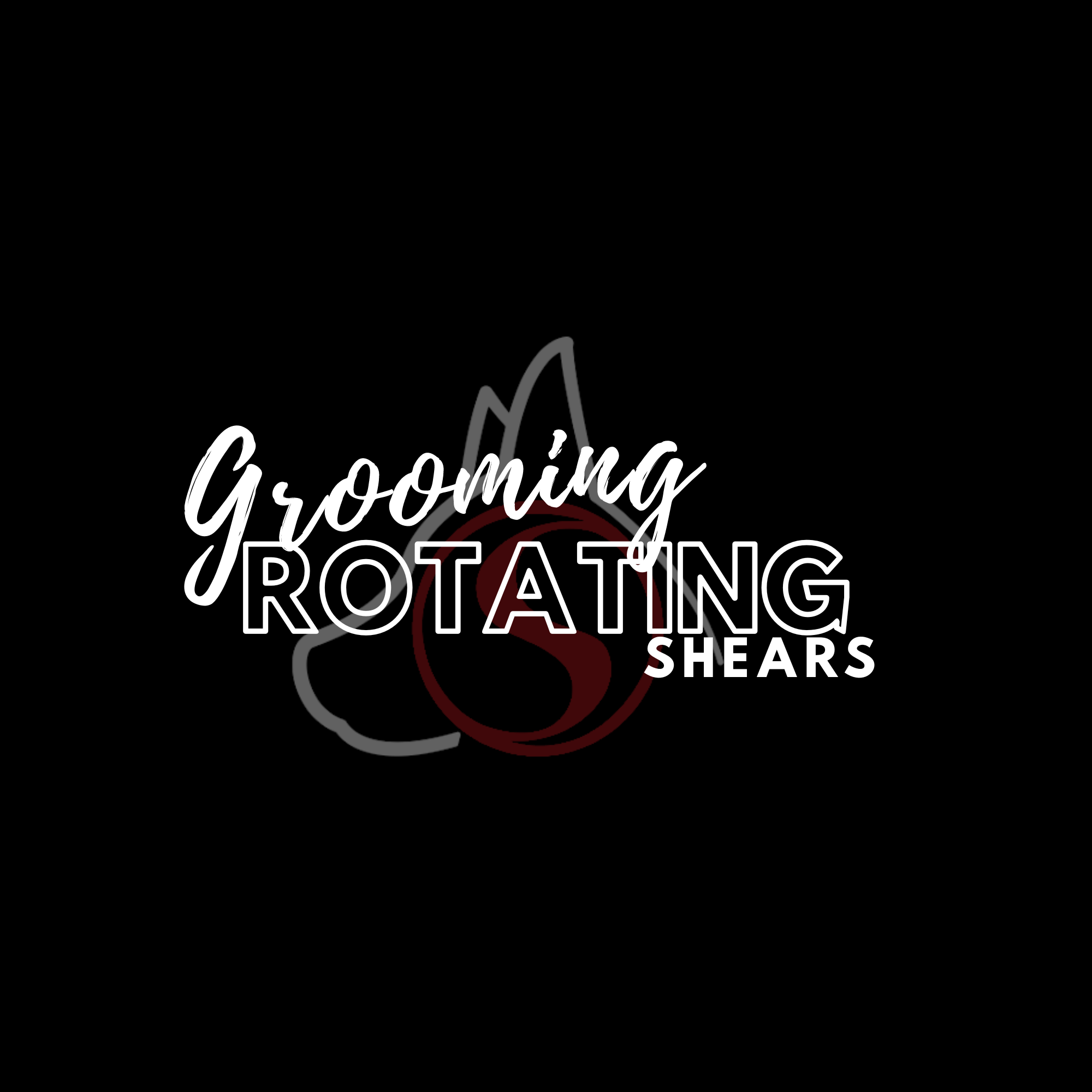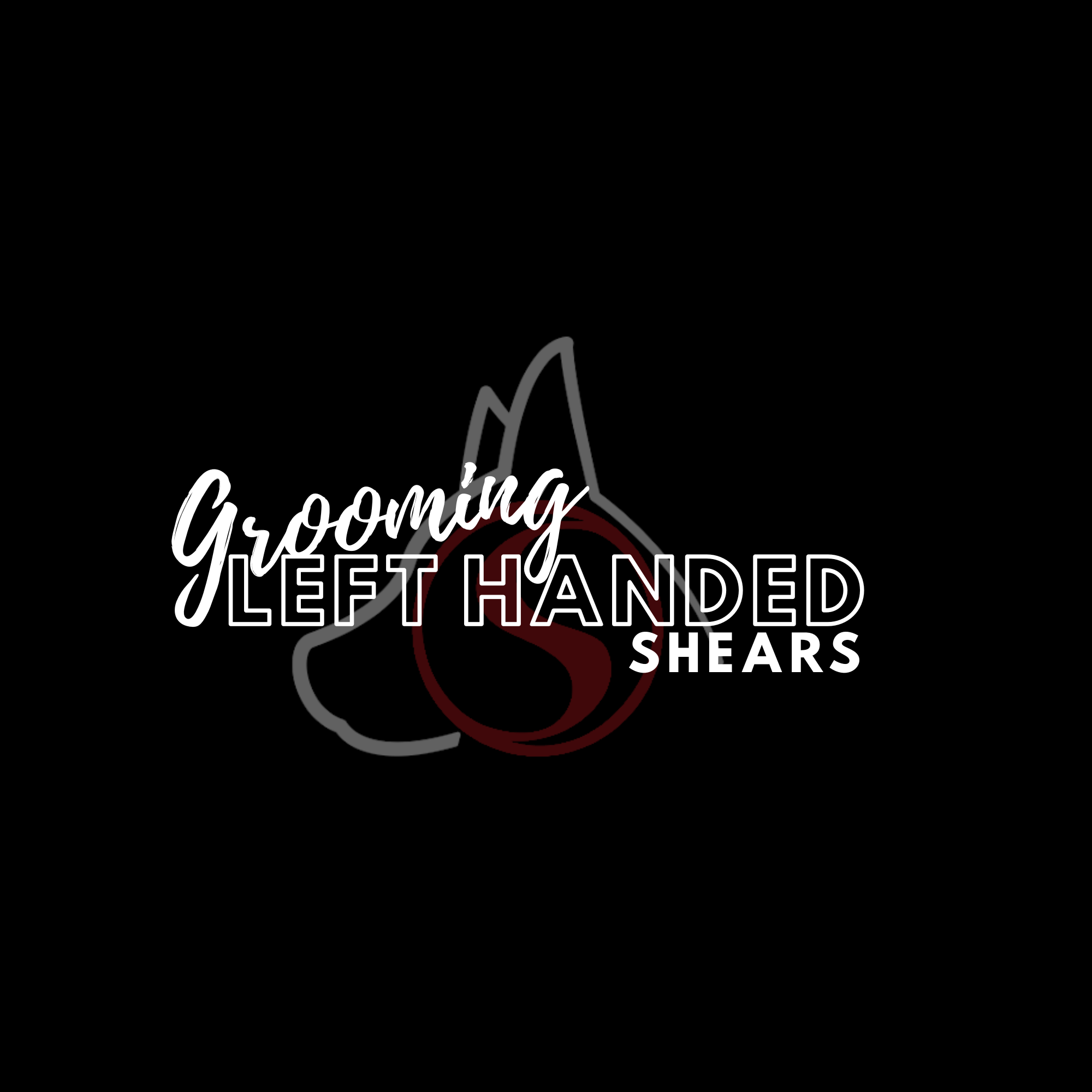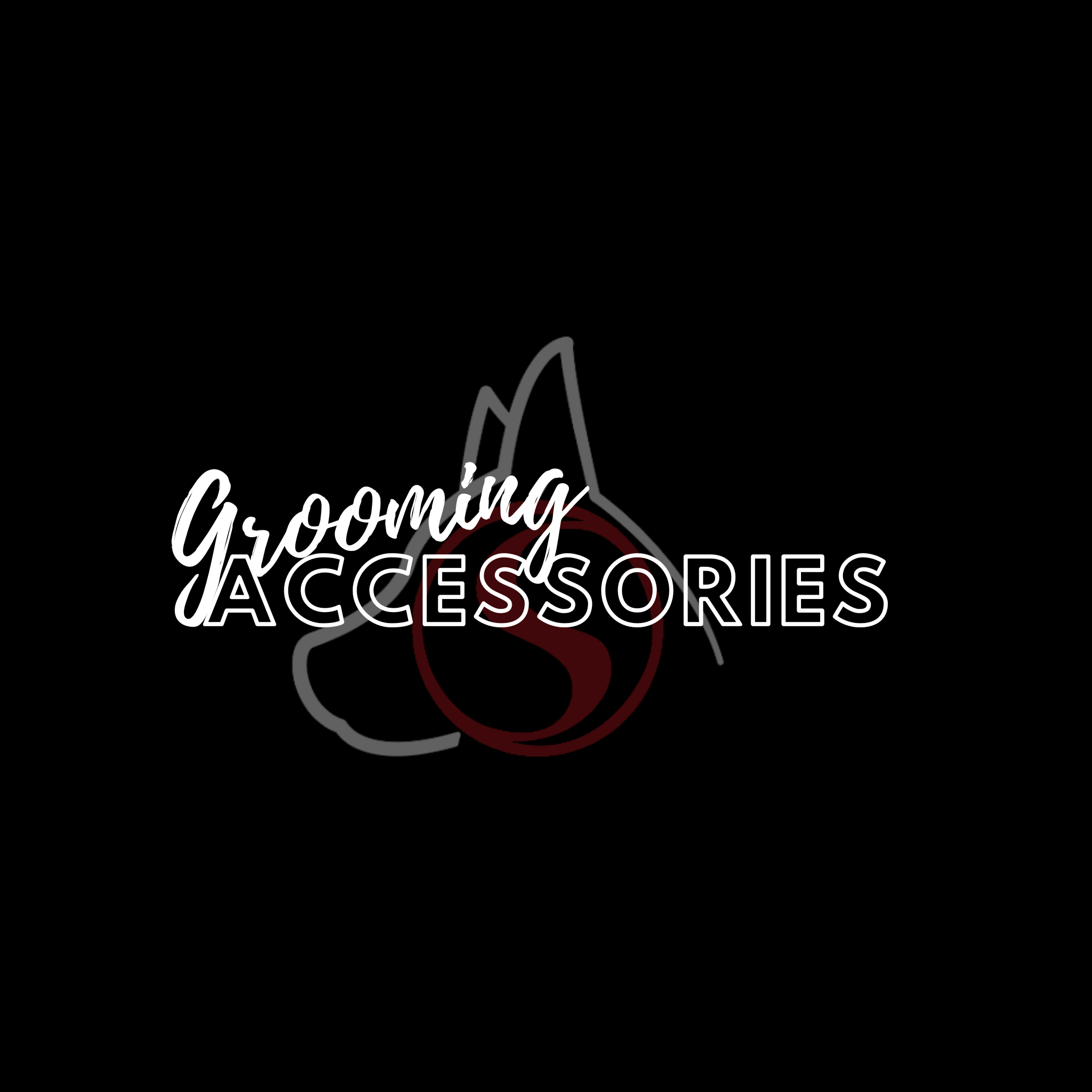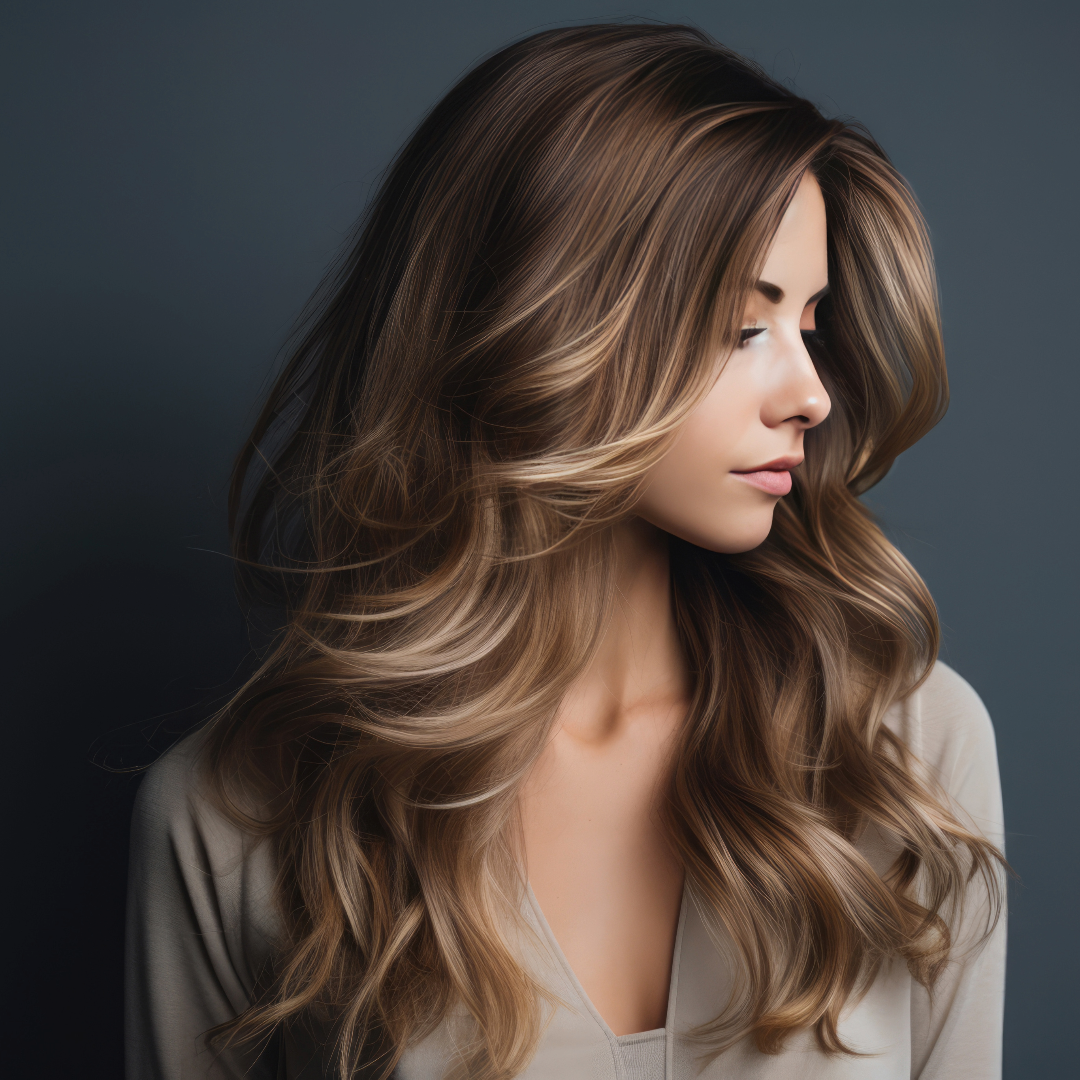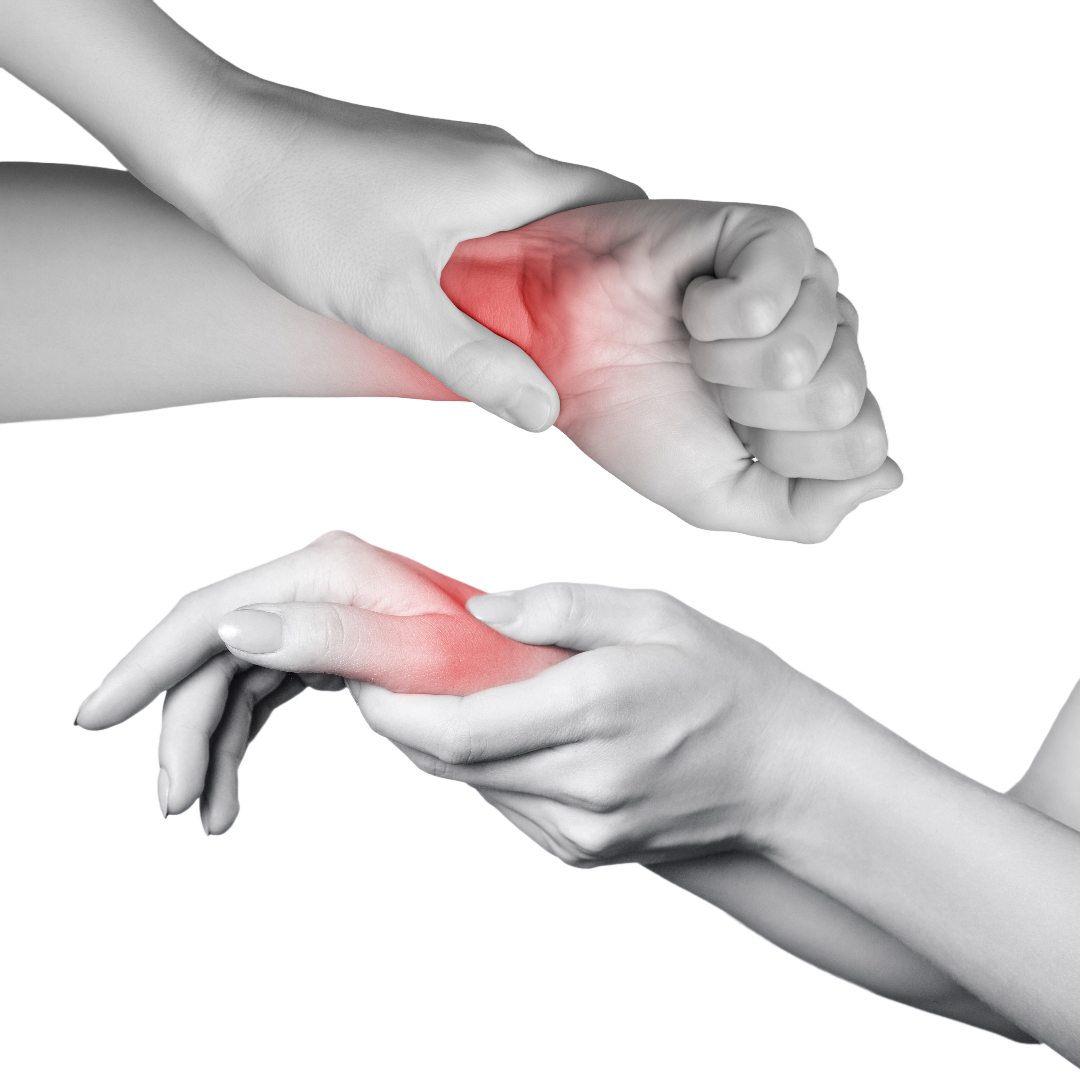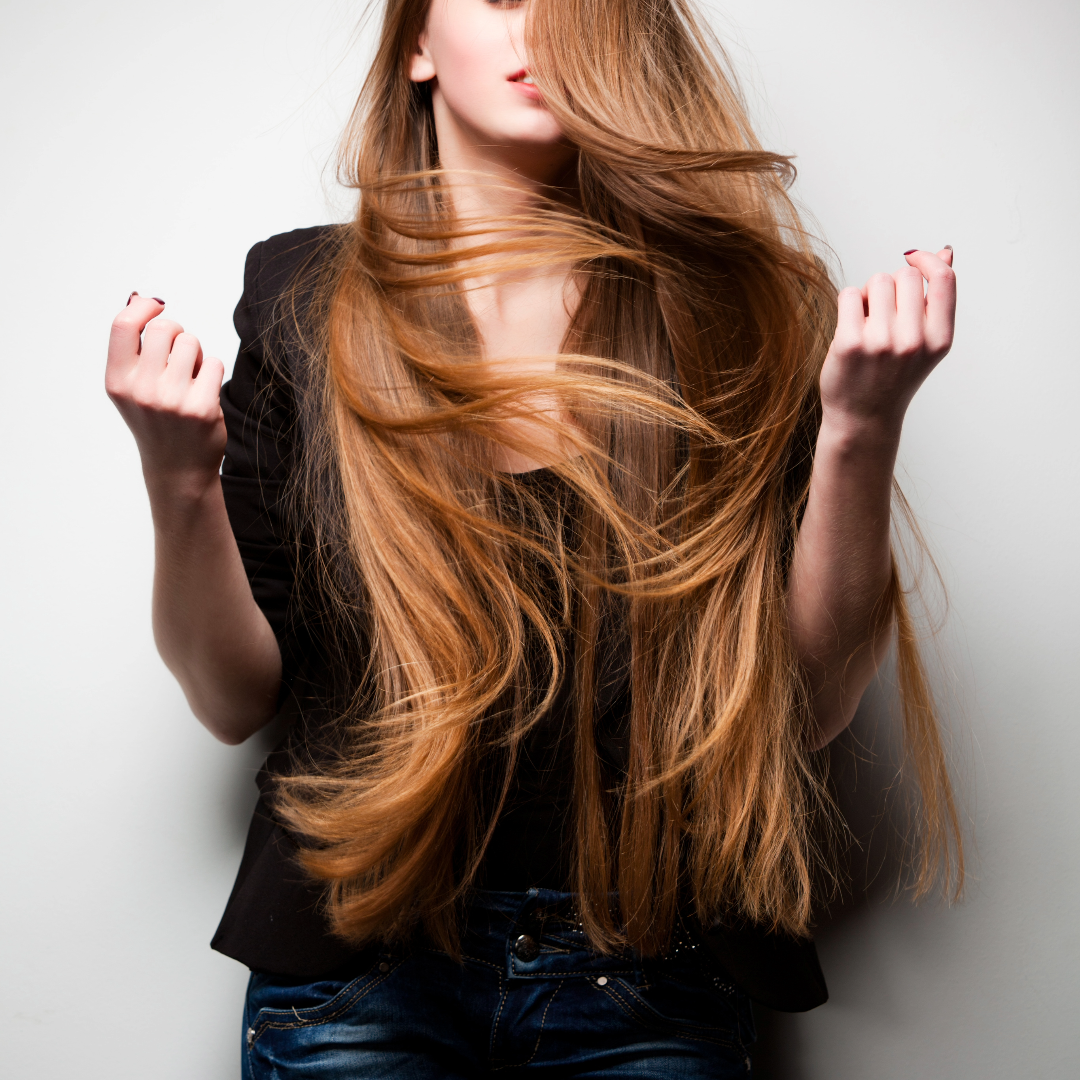The Best Metal for Hair Cutting Shears
Another question stylists are confronted with when trying to choose a hair shear, is what kind of metal should the shear should be made from? Shear makers talk about all different types of steel, and hairdressers really don’t know enough about the different alloys or blends of steel to make an informed choice. SENSEI will try to demystify this subject and give hairdressers some knowledge about the various steels used for scissors. First off, it is important to address why the steel even matters for scissors. Cutlery in general requires quality steel to be durable. For hairdressing, the material should be stainless to start with. When working with wet hair, it would impractical if the material was not resistant to corrosion. Secondly, the metal should be highly refined. By this, we mean there should be as few impurities in the metal as possible. Hair shears must be very sharp in order to cut hair without pushing it around. This requires an extremely sharp cutting angle to the edge. This, therefore, means the actual edge of a scissor is very thin. If the steel has impurities, it they can end up within the very fine edge itself causing the edge to fail too quickly. During World War II, countries like Germany and Japan, who both also had long histories of making high quality cutlery, were heavily bombed to eliminate their steelmaking capacity for the war effort. For that reason, those countries after the war built newly refined steel making facilities and became famous for the quality of their steel, and that is still the case today. Although, in very recent years, one factory in China has (with the financial support of the government) developed the ability to make very refined cutlery steel. SENSEI has an exclusive with that company for hair shears, and we are now starting to introduce some shears made from Chinese high-tech steel. In general, however, the rest of the steel from China has higher impurities than Japanese steel, for example. Material from countries like Pakistan with outdated infrastructure can be even more affected by these impurities, even though they try to produce a lot of scissors there.
Stainless material from Japan ranges from the low end 440A to a higher carbon content version called 440C. The higher carbon version will allow the material to be hardened to a higher hardness, which will make the edge stay sharp longer. SENSEI uses 440C material for our first tier of shears in our line. However, there is another aspect that SENSEI brings to all our scissors. We use a new tempering process call Cryogenic Tempering on all our shears which improves the durability by about 40%. Therefore, we refer to our first-tier shears as being made from Duralite™, our term for Cryogenically Tempered 440C.
From there, there are even more durable materials available. Many manufacturers use material from the next level up in terms of cost, which is called Cobalt Alloy. The word ‘Alloy’ just refers to a combination of elements used to make up the steel. 440A and 440C are alloys of elements like Chromium, Carbon, Manganese, Phosphorus, Molybdenum, Silicon, and Sulfur. Cobalt alloy stainless also include these elements, but there is the addition of Cobalt. Cobalt is added to increase the hardness of the steel, which in general can make the blades last longer between sharpening. The problem with Cobalt Alloy is that at the same time it increases the hardness, it also increases the brittleness of the material. SENSEI chooses not to use this material for any of our shears because we started as a sharpening company. We saw what happened to the Cobalt Alloy shears other companies make. They nick and chip very severely when dropped. This necessitates having to grind away more metal to fix the nicks, which shortens the overall life of the shear. Although, on paper, a Cobalt Alloy shear should last longer. In the real world where shears do get dropped, we find Cobalt Alloy shears wear out faster than 440C shears.
Instead of using Cobalt Alloy material, SENSEI took the step of asking our Japanese steel maker to produce a custom alloy for us, which we call Molybdenum Alloy. This is because, for this material, we use a higher concentration of Molybdenum. Molybdenum is a very flexible element, and we discovered that by increasing the percentage of it, we could harden the steel to the same level as a Cobalt Alloy without it becoming brittle. It costs us more to make this custom material, but it has proven itself to be a good choice. We have seen shears from this material routinely last for 20-25 years before they are worn out.
SENSEI next level shears are made from an alloy of Molybdenum, Cobalt and Vanadium, which in Japan is called either VG10 or ATS314. Again, we use our high-tech cryogenic tempering process on that material as well, further extending its useful life. The molybdenum keeps the cobalt from becoming too brittle and the vanadium increases the wear resistance. SENSEI provides a three-year edge warranty on this level of shears because we expect them to go that long between sharpening due to our special tempering process. This alloy, untreated by the Ccryogenic tempering, is the best used by most other manufacturers for their most expensive shears.
SENSEI is the only company in the world to make hair shears from a USA-developed Carbide Steel. Carbide is so much stronger than regular steel that if you want to drill a hole in hardened steel, you have to use a carbide tipped drill bit because it is strong enough to cut though even very hard steel. For the top of the range TAO series of SENSEI shears, this carbide material allows us to provide a five-year edge warranty! No other shear in the world is as durable as TAO.
Finally, we think it is important to mention that there are no Titanium shears in the industry. No hair shear is actually made from Titanium. Titanium would not even make a good material for scissors because it is not dense enough. Many manufacturers sell colored shears, which are colored with a plating of Titanium. In many cases, this plating hides imperfections in the steel. It also can flake off damaging the edge in the process. In addition, when these plated shears are sharpened, the color comes off, often in an unattractive way.
It is impossible for even an expert metallurgist to tell which steel is which without destructive testing. So, the best recommendation we can offer is to make sure you are dealing with a company with a long record of quality like SENSEI. Many shear brands pop up all the time because different people just ask manufacturers to put a new name on scissors the factory is already making. The same scissors are often available under a variety of brands because most brands don’t actually design or manufacture their products. SENSEI is the only USA manufacturer that designs every shear we make, and they are made in factories we control and are only available under the SENSEI brand.




